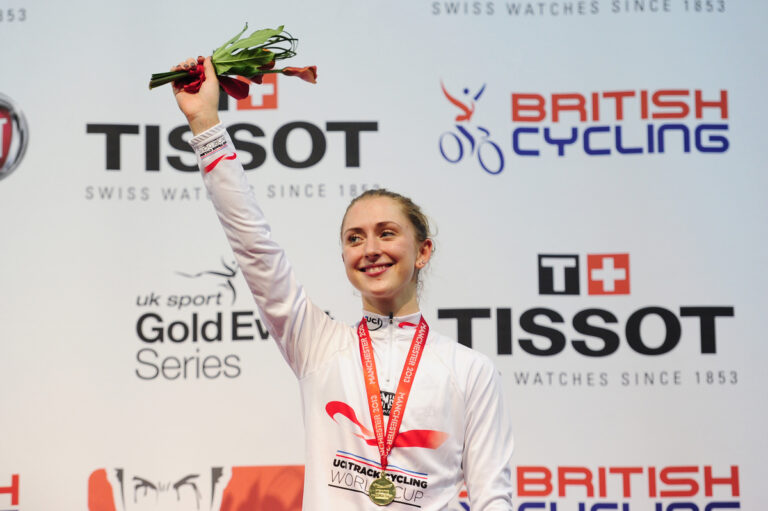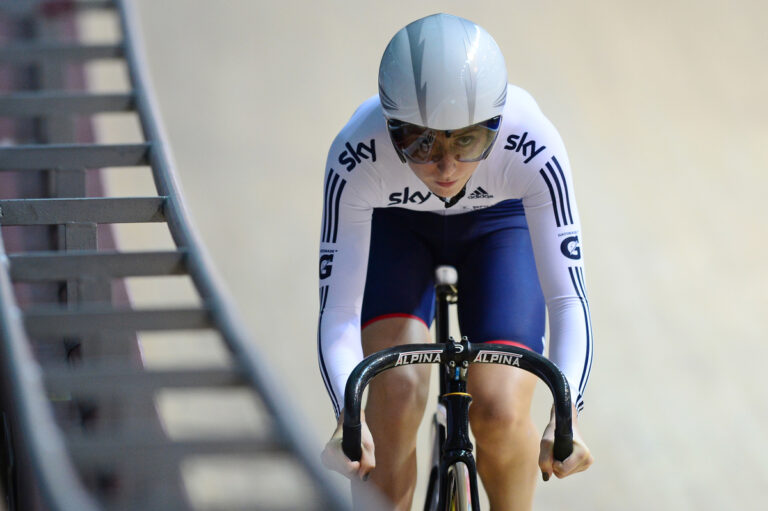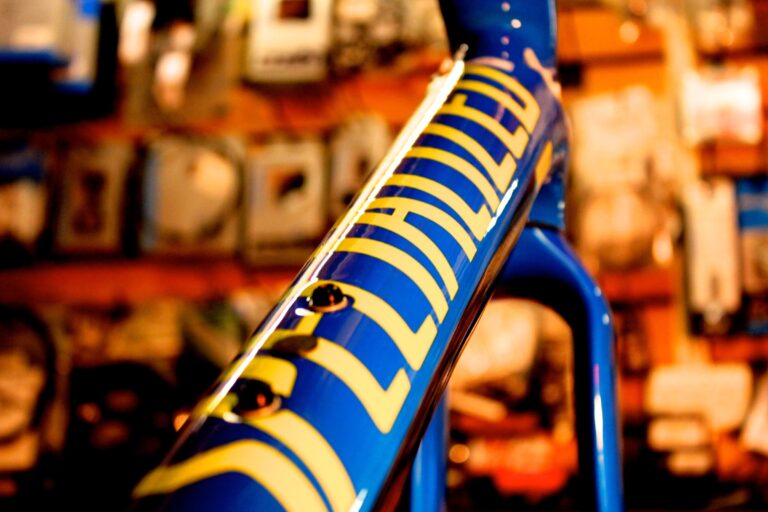The Trek Madone 5.2 was overhauled for 2013 and combines low weight and aerodynamics with the ride quality and dependable handling of the previous iteration of the US firm’s race bike.
The Madone 5.2 is perhaps the last model year 2013 machine to pass through RoadCyclingUK. As the calendar flicks over to MY2014, the Madone 5.2 will get Shimano’s new 11-speed Ultegra groupset, rather than the 10-speed version on our test bike, and a new lick of paint, but otherwise the spec and, most importantly, the frame remains the same.
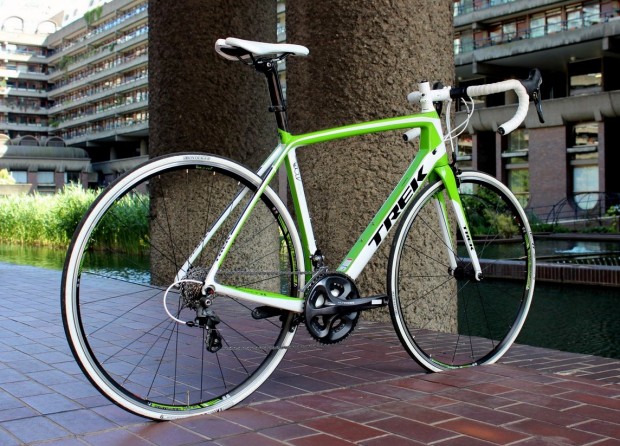
The chassis
And what of the frame? Bikes in Trek’s high-end Madone range – that’s 5-Series, 6-Series and 7-Series machines – received a radical frame update in June 2012, when we first spotted it being ridden by the Radioshack-Leopard-Trek team at the Criterium du Dauphine.
The Madone 5.2 is based around a frame which utilities Kammtail Virtual Foil tube profiles and integrated brakes to help boost its aerodynamic prowess.
We ran through both features in our first look but, in short, the KVF tubes follow an airfoil shape but with the tail chopped off in a design which Trek say saves weight and improves stiffness while also complying with UCI rules. The KVF shape is most noticeable on the downtube but has also been applied to the fork, headtube, seattube and seatstays.
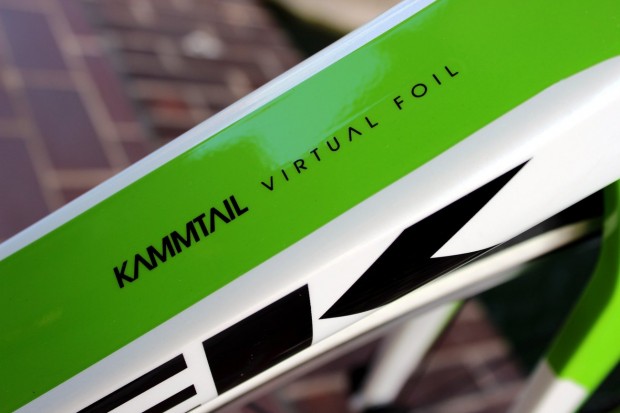
As for the integrated brakes, the Madone 5.2’s rear stopper has been moved to the chainstays – a design first applied to time trial machines but now regularly used on aero road bikes – and the front brake is cut into the fork crown. By removing the rear brake from its traditional position, Trek say they have been able to further tune the seatstays for weight, comfort and aerodynamics. The Madone 5.2 is certainly a smooth ride – but we’ll talk about that more soon.
Trek say the KVF tube profiles and integrated brakes result in 25 “free” watts when riding at 40km/h compared to the previous Madone. That’s a bold claim, and, like any aero machine we test, one we’re not able to confirm without heading into the wind tunnel.
The frame and fork are made from 500-Series OCLV carbon fibre. Bikes in the 6 and 7-Series range (which, incidentally, were tweaked in July to shed a little more weight) are made from higher grade (lighter, stiffer) 600-Series OCLV and 700-Series OCLV respectively, while 4-Series bikes (which share the KVF tube profiles – but not the integrated brakes – for MY2014) are made from 400-Series OCLV, and so on.
Finally, as far as the chassis is concerned, a Bontrager DuoTrap wireless speed and cadence sensor is incorporated into the non-driveside chainstay, and the presence of an integrated chain catcher is another impressive detail.
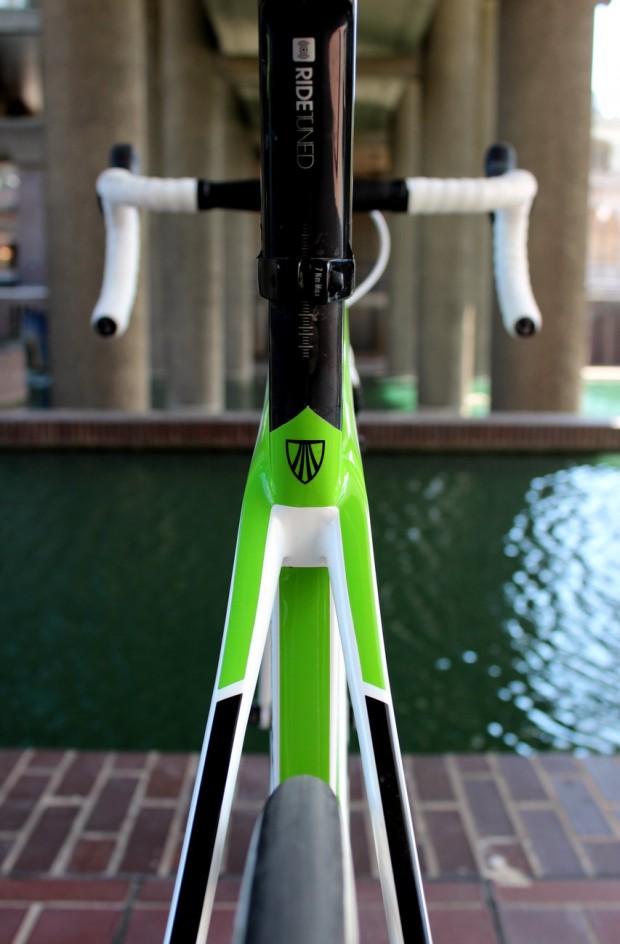
The ride
How have those changes affected the ride of the Madone 5.2?
Comfort can often be sacrificed by manufacturers in the hunt for aero gains (the Wilier Cento1AIR recently reviewed offers a harsher ride than the Cento1SR) but the Madone 5.2 remains an impressively supple ride, particularly through the back-end. The Madone isn’t designed as a ‘comfort’ bike – the Domane occupies that position in Trek’s range – but it does an excellent job of taking the sting out of rough roads while remaining connected with the tarmac and keeping the rider in tune with what’s happening beneath them.
The Madone’s neutral handling has almost become its calling card and the 5.2 is no different: planted and completely in-tune with the rider. I prefer a little more va-va-voom but the Madone is an undeniably confidence-inspiring ride, whether that’s riding in the bunch, when descending or removing a jacket with your hands off the handlebar. Trek’s E2 headtube tapers from 1-1/8″ to 1-1/2″ and, combined with the straight-legged, KVF fork, the result is a reassuringly stable and planted front end.
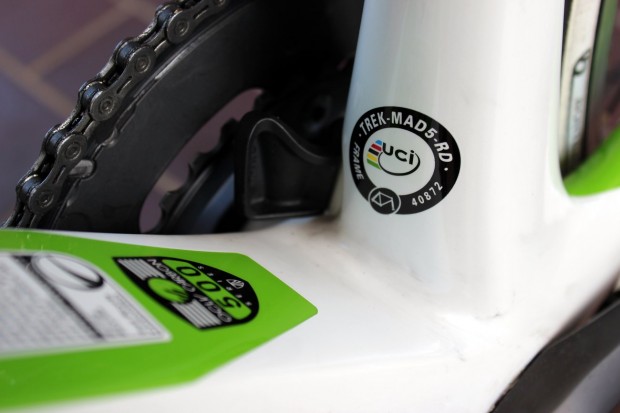
The Madone 5.2 uses Trek’s proprietary BB90 bottom bracket – said to be the widest available for use on a road bike – and that results in a ride which is plenty stiff enough. The relatively low weight – 7.64kg for our test bike – ensures the Madone 5.2 is eager out of the blocks and climbs well, though it could easily shed significant weight by upgrading the Bontrager Race hoops that come as standard.
As for fit, the Madone 5.2 is based around Trek’s H2 geometry, which they say is “right for most riders” – most riders being those on the club run on a Sunday morning, riding sportives and perhaps dabbling in a bit of racing. As a result, the H2 fit is a little more relaxed than the racier H1 fit offered on 6 and 7-Series bikes. The key difference is the height of the headtube, which at 170mm is a little tall for me but by no means extreme.
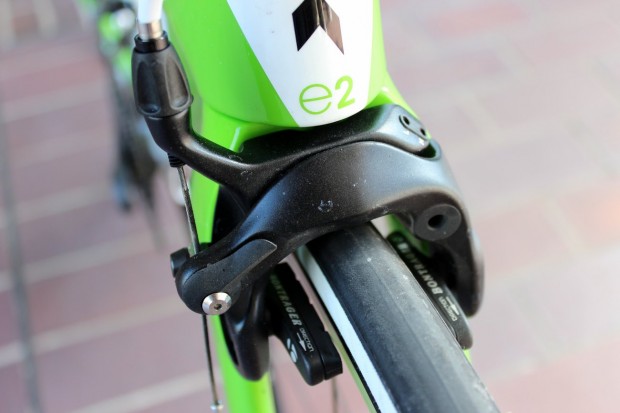
The components
As we mentioned at the start, our 2013 Madone is dressed in 10-speed Shimano Ultegra, so with the 2014 Madone, now available through Trek dealers, equipped with the updated 11-version, we won’t say much other than it performed as we’ve come to expect from Shimano’s second-from-top group. The compact chainset and 11-28t cassette combine to provide a wide spread of gears.
A quick word on the new 11-speed setup, however. The revamped groupset borrows heavily from the top-end Dura-Ace setup, with a new four-arm chainset which is said to boost stiffness and sharper shifting thanks to a shorter leaver throw.
Trek’s house brand, Bontrager, provide the dual pivot, integrated brakes. Initial bite is good but we felt they lacked top-end power. We didn’t notice the rear brake accumulating dirt any more than it would have done if in its traditional position on the seatstays, but what did bug us, however, was that the screws which hold the brake pads aren’t easily accessible and require the removal of the whole shoe when swapping pads. The matte finish of the brakes also leaves them trailing other in terms of aesthetics.
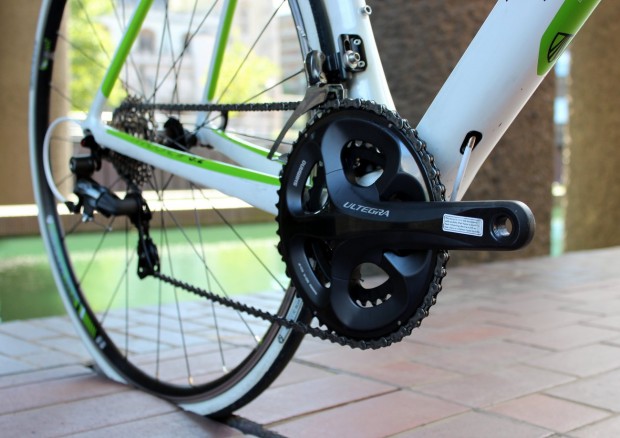
The Race wheels are Bontrager’s entry-level hoops and come wrapped in Bontrager R3 tyres. While at 1,720g the wheels are far from the lightest, they’re stiff, roll well and are tubeless ready. They’ll make for good training wheels if you choose to upgrade the stock hoops.
Bontrager also supply the aluminium Race X Lite stem and Race Lite Aero handlebar, which has a KVF-inspired profile, and a compact, ergonomic shape which – for this reviewer at least – made it more comfortable to ride in the drops for long periods. A Bontrager Affinity 3 saddle completes the build.
Conclusion
Trek have combined low weight, stiffness, aerodynamics and comfort to good effect with the Madone 5.2, providing a helpful dose of each. As a result, and brake issues aside, the Madone 5.2 is a fine all-rounder.
Price: £2,800
Sizes: 50, 52, 54, 56, 58, 60, 62cm
Website: Trek


